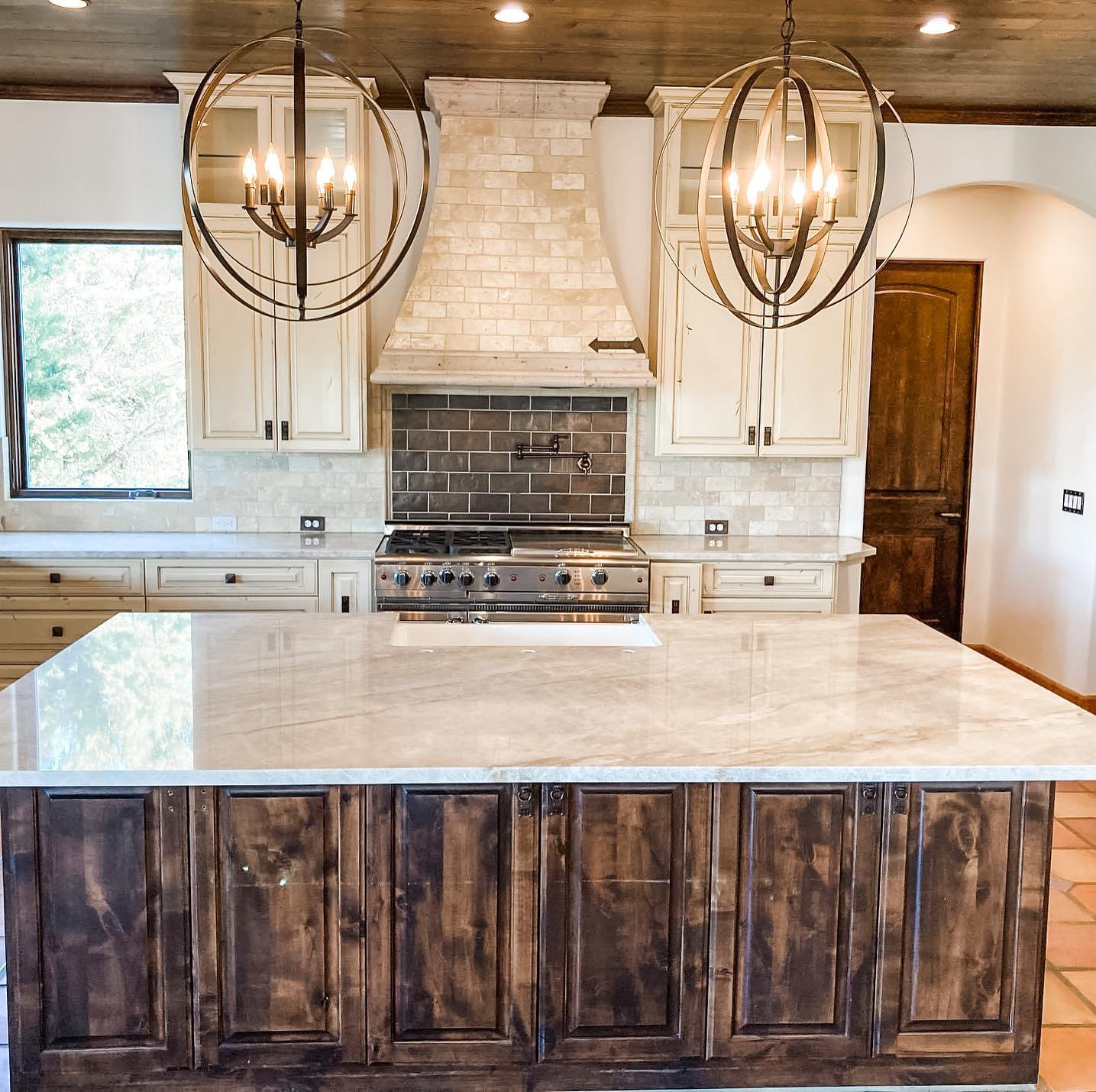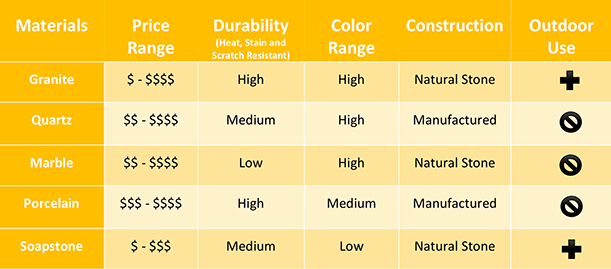STAINING & SCRATCHING QUARTZITE
Understanding Quartzite: Beauty, Durability & Important Considerations
Quartzite is a stunning natural stone known for its unique patterns and marble-like appearance, often offering a more durable alternative to softer stones. While many quartzites are exceptionally dense and resilient, it’s important to understand that not all quartzite behaves the same.
Some quartzites — particularly lighter-colored varieties — can be more porous, meaning they may absorb moisture or oils over time, especially in areas prone to water exposure like around sinks and faucets. While a general rule of thumb is that lighter colors tend to be more porous, this is not always the case.
For example:
-
Taj Mahal quartzite is known for its high density and low absorption rate, making it a popular and reliable choice for kitchen and bathroom countertops.
-
In contrast, lighter options like Mont Blanc quartzite can be more prone to absorbing moisture, which may lead to dark spots or staining — particularly in frequently wet areas.
Some quartzites, such as White Macaubas, have been known to absorb oils along the edges, creating stains that may never fully come out — even after applying multiple coats of sealer. This can become a long-term maintenance concern.
Choose Based on Lifestyle, Not Just Looks
Because of these natural variations, it’s important to consider your lifestyle and usage habits when selecting a quartzite. For example, if you cook frequently with oils or have high-traffic kitchen areas, a denser, lower-absorption stone may be a smarter investment.
At the end of the day, every fabricator and slab yard encounters these challenges with certain quartzites. That’s why it’s essential that each homeowner makes a fully informed decision — not just based on beauty, but on the material’s performance and how it will hold up in real-world use.
** Here is the list of some of the problematic Quartzites our industry has encountered:
- White Macuabas
- Ijen Blue Satin Finish
- Calacatta Lux
- Opus White
- Fusion
- Michelangelo
- Alexandrita
- Luce Di Luna
- Casablanca
- White Pearl
- White Lux
WHAT IS QUARTZITE?
Quartzite is a naturally occurring metamorphic rock formed when heat and pressure alter the compositional properties of quartz-rich sandstone. These conditions, found at convergent plate boundaries and where mountains form, create an interlocking crystalline structure of incredible strength.
QUARTZ AND QUARTZITE ARE NOT THE SAME
Though their names are similar, quartz and quartzite are two different countertop materials. While quartzite is a natural stone, quarried from the earth, quartz is an engineered stone. In other words, quartz is a man-made material comprised of crushed rock, polymer resins and pigment.
QUARTZITE MAINTENANCE
Quartzite is extremely hard and durable, but it is not an indestructible countertop material. To protect the natural stone surface from staining, it must be sealed about once every year. Keep in mind, the brighter or whiter background the easy for stains to occur. Using a good sealer can also help enhance the rich veins and flecks of color.
WHY SHOULD I CHOOSE QUARTZITE FOR MY COUNTERS?
Quartzite slabs are rather stunning, with most slabs tending toward light, natural shades like white, gray, and beige. Mother Nature is in charge of the patterns and veining, so the color variations are extraordinary. When selecting a quartzite color please keep in mind, every color has a different level of durability and/or a higher change of staining. Ask us which colors would better suit your space so we can help you during the quoting process!



